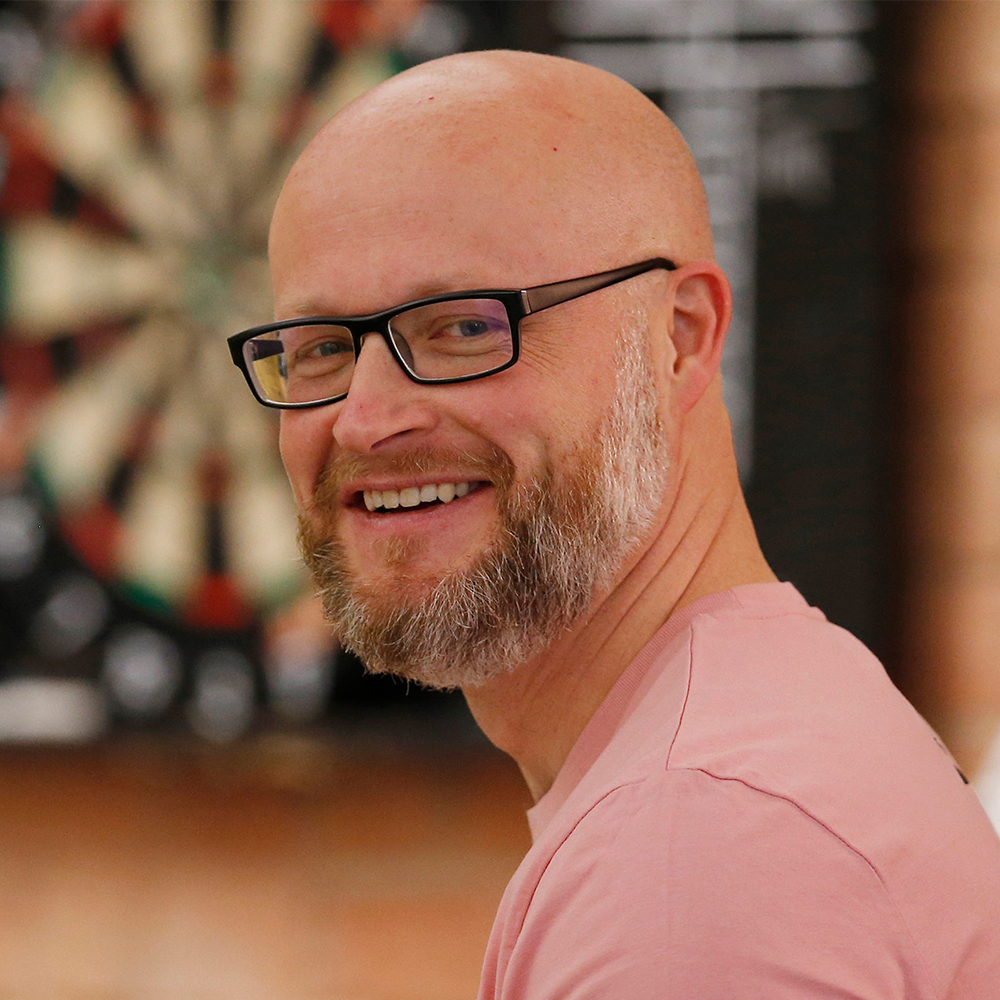7 reasons why websites should go headless

For decades, traditional content management systems (CMSs) like WordPress have dominated the architecture of websites. While there’s nothing to say a website won’t run efficiently and offer fantastic levels of user-experience with a traditional CMS, there are caveats, including regular updates and ensuring multiple forms of content for various channels. It’s time consuming, but completely viable.
With a headless CMS, websites become faster, more flexible and future-proof, catering to a wider audience through omnichannel marketing and feeding content into multiple brand websites for increased scalability. Here, we discuss in more detail seven reasons why websites should adopt the innovative headless approach.
The need for speed
Speed is one of the critical factors in reducing a website’s bounce rate and achieving the highest possible ranking on Google. Users won’t wait around for an image to render or a webpage to load; they’ll just go elsewhere.
With a headless CMS, the back end is separated, leaving the front end (what the user sees) lighter and unaffected by the weight of data and content. This allows the user’s requests to be pre-rendered, meaning they don’t have to wait for anything to load.
Intrinsically secure
Finding the log-in page to the back end of a website is a hacker’s dream as it allows them to gain access to the back end through the front. However, there’s no way to access data and content through the front end of a headless CMS, removing sensitive information (personal or financial) from the hands of malicious individuals.
As well as this, traditional CMSs require version and plugin updates, which can often lead to bugs and maintenance issues. A headless CMS needs none of this. You’ll never need to migrate data or perform any updates because the content remains static while changes are made to the front end.
To learn more about headless CMS advantages, read our comparison of traditional and headless CMSs.
Reach your audience (wherever they are)
The headless approach allows businesses to serve content to multiple brand websites in various languages and territories, catering for large or ambitious organisations. Because all content is stored together, it can feed into several front ends.
This essentially makes headless a future-proof approach to web development, which will be time and cost effective in the long run.
An unforgettable (user) experience
The ability to reach an audience across multiple channels and touchpoints allows headless CMSs to provide a unique user experience.
Not only this, but flexibility of design enables web developers and designers to let their creativity flourish as they create an unbelievable front end that transforms visitors into engaged users and buyers.
To see an example of the approach’s unrivalled design capabilities, discover our recent headless build.
Stratospheric scalability
With stationary content and the use of an API, websites built with a headless CMS can quickly use the same content across multiple platforms. This allows businesses to scale without their websites slowing them down.
For example, if a UK-based business found a market opportunity in a foreign country, it would be incredibly simple to create a new front-end for the territory and use the same content and data to provide a unique experience for the new customer base.
Front-end flexibility
How users experience the internet will more than likely change in the future. The last decade has already seen the rising popularity of smart devices (bringing with it the challenge of ensuring content works across mobile and desktop), and internet of things (IOT) devices are stretching marketers and web developers even further.
Headless websites are designed in such a way where the front end can be adapted for omnichannel marketing, enabling the same level of user experience regardless of the medium.
Efficiency and productivity
A headless CMS allows your teams to focus on what they do best. Developers can develop. Designers can design. There’s no need for delays or busy schedules to hold up creating new content or functions for a headless website, as multiple people can add to the CMS at once.
If you want to keep up to date with the crew, don't forget to sign up to our newsletter to benefit from digital marketing expertise, as well as exciting opportunities to improve your business' performance.

Written by Lee Boothroyd
Digital director and The Bigger Boat co-founder, Lee has more than 20 years’ digital experience under his belt and heads up the five-man web development team.
News and insights
Why SEO strategy should shape your website, not follow it
When SEO underpins your site build, it forms a strategic structure that ranks from day one. Start strong, with our best SEO strategy for new website success.
Read moreNews and insights
A matter of urgency: why speed counts in PR
From a trio of directors in a cupboard-sized office to a crew of 29 specialists, we’ve changed a lot in 15 years. Explore our favourite standout projects.
Read more